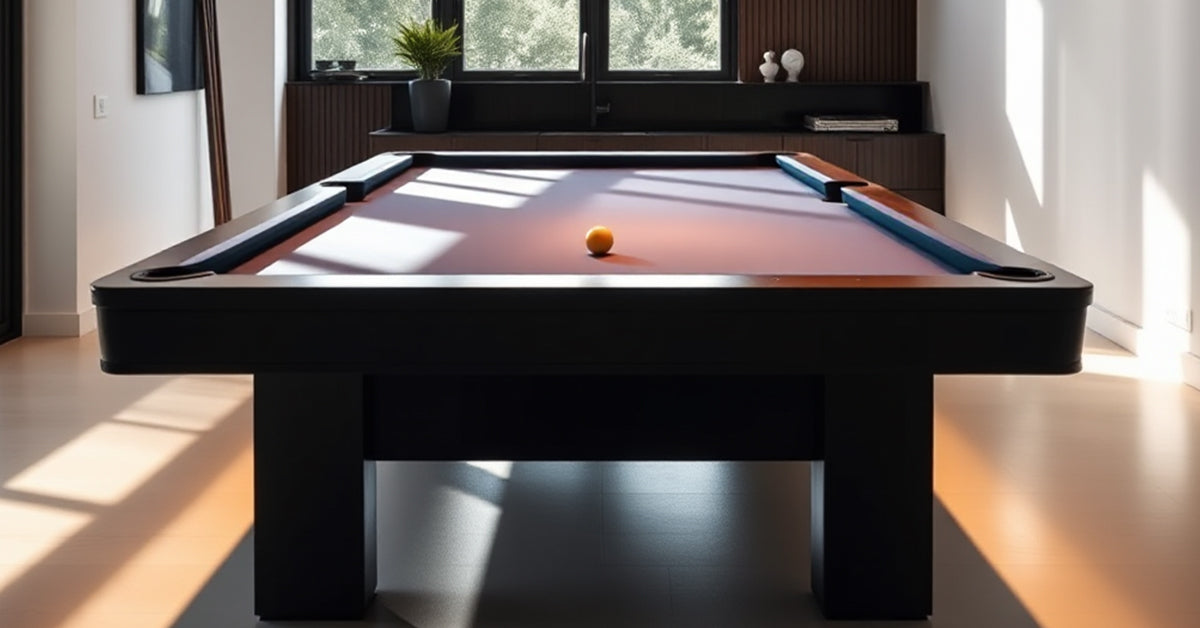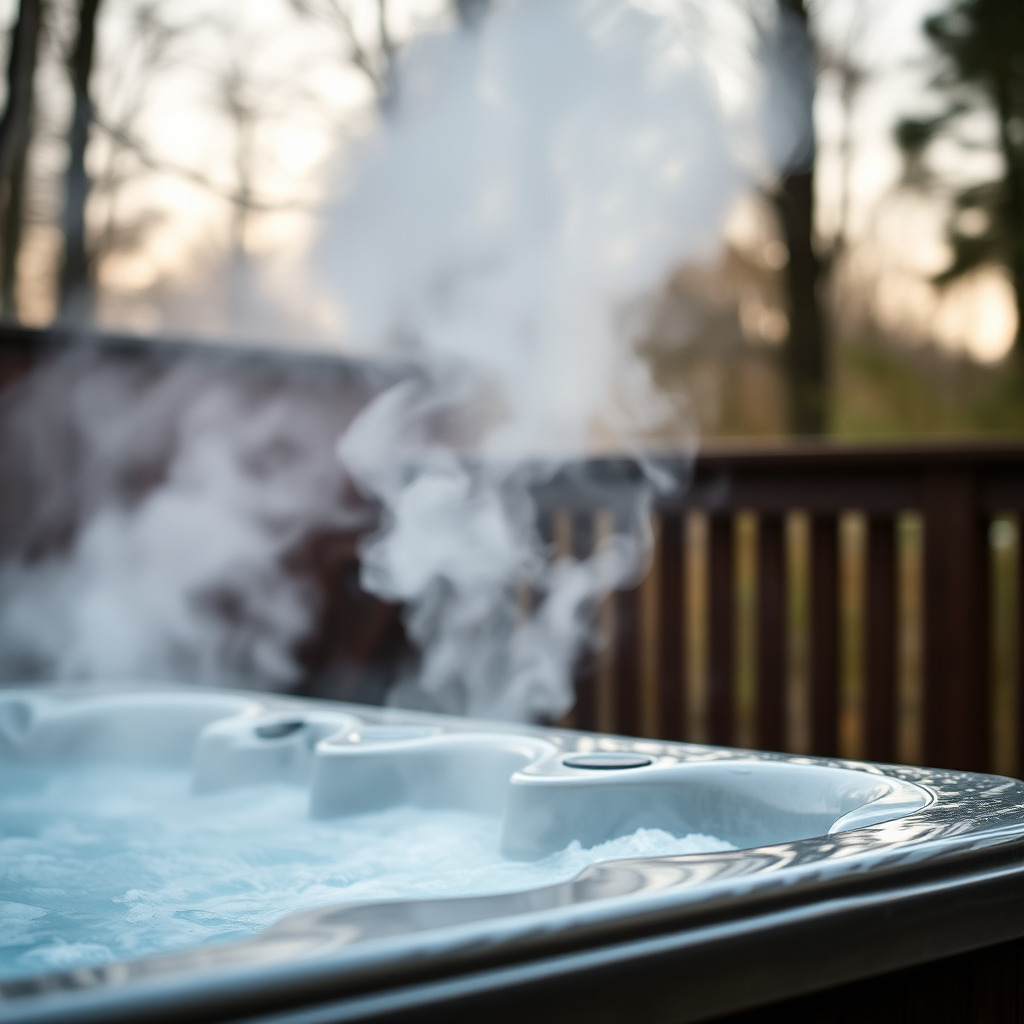Maintaining your billiards table isn’t just about preserving its looks; it’s about ensuring that every game is as enjoyable as the first. Whether you’re a casual player or a game room enthusiast, proper care for your pool table guarantees a better playing experience and extends its lifespan. Here’s everything you need to know about cleaning, leveling, and preventing damage to your billiards table.
Why Regular Pool Table Maintenance is Crucial
Your pool table is an investment. Dust, debris, and poor leveling can affect gameplay and even lead to permanent damage. Regular maintenance ensures:
- Consistent play surface.
- Increased longevity of materials.
- Aesthetic appeal for your game room.
Let’s break down the essential steps for maintaining your billiards table.
Cleaning the Cloth
The cloth, also known as felt, is the most-used part of your table. Keeping it clean is essential for smooth ball movement.
1. Brush Regularly
Use a specially designed billiards table brush to clean the felt. Brush in straight lines from one end to the other to avoid damaging the fibers. Avoid circular motions that can wear out the cloth unevenly.
2. Vacuum with Care
A low-suction handheld vacuum can remove deeply embedded dust. Use an attachment with soft bristles to prevent pulling on the cloth.
3. Spot Cleaning Stains
For spills, use a damp cloth with mild soap. Gently blot the area—never rub—to avoid spreading the stain.
Maintaining the Rails and Pockets
The rails and pockets play a significant role in game quality and table aesthetics.
1. Clean the Rails
Wipe the wooden rails with a damp microfiber cloth to remove dust and grime. For stubborn spots, use a wood-safe cleaner.
2. Inspect the Pockets
Regularly check leather or plastic pockets for wear and tear. Tighten loose screws and replace damaged parts promptly.
Leveling the Table
A level table ensures the balls roll true and improves gameplay consistency.
1. Use a Leveling Tool
Purchase a carpenter’s level or a billiards-specific leveling kit. Place the level in multiple positions across the table to check for unevenness.
2. Adjust the Table Legs
Most tables have adjustable legs or shims. Use these to fine-tune the height and correct any tilts.
3. Recheck After Adjustments
After adjustments, recheck the table to ensure it’s perfectly level.
Preventing Damage
Proper care can prevent costly repairs and maintain your table’s appearance and functionality.
1. Cover the Table
Use a billiards table cover to protect the felt from dust, sunlight, and accidental spills.
2. Control the Environment
Keep your game room at a consistent temperature and humidity level to prevent warping of the wood and stretching of the felt.
3. Handle with Care
Avoid sitting or leaning on the rails and ensure players do not use cues or balls inappropriately.
When to Call a Professional
Sometimes, professional help is necessary. Call an expert if:
- The felt needs replacement.
- The table requires re-leveling despite your adjustments.
- The slate is damaged.
Conclusion
Maintaining your billiards table doesn’t have to be a daunting task. By regularly cleaning the felt, keeping the table level, and preventing damage, you’ll enjoy countless games in your game room. Treat your pool table with care, and it will reward you with years of uninterrupted fun.
FAQs
1. How often should I brush the felt?
Brushing after every playing session is ideal to keep the felt clean and debris-free.
2. Can I use household cleaners on my pool table?
No, always use cleaners specifically designed for pool tables to avoid damage.
3. What’s the best way to store pool table accessories?
Use a designated rack or cabinet to keep cues and balls organized and prevent wear.
4. How do I know if my table isn’t level?
If balls tend to roll in one direction or gather at a specific point, your table likely needs leveling.
5. Is it necessary to replace the felt, and how often?
Yes, replace the felt every 5-7 years or sooner if heavily used or visibly worn.


